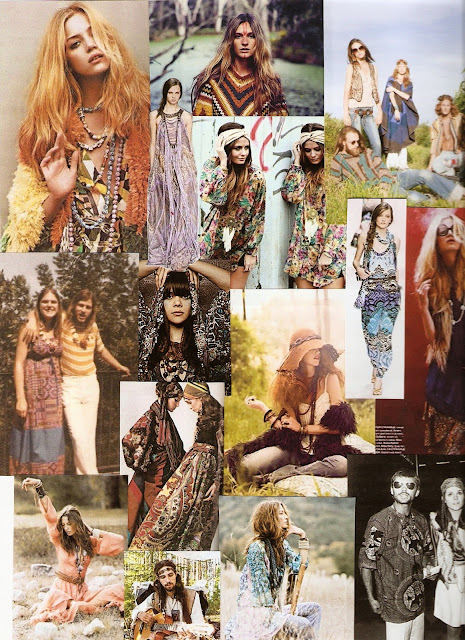The Hippie subculture is one that is now filled with false information and stereotype. We would like to explore what a 'Hippie'
really was, comparing that to how it has been translated today, and
finding out how it got to that point; what happened inbetween?
The
movement began in the
1960's at San Francisco,in the corner of Haight street and Ashbury
street (now known as Haight Ashbury District). Hippie subculture had
many symbols (such as Flower Power or the Peace and love) for the
meanings of freedom, love, peace and unity.
It
was based about trying to make the world a better environment where
violence would be non-existent, and the concepts of lifestyle amazed the
whole world.
The
Hippies were fighting for civil rights such as racism, poverty, and
wanted the war in Vietnam to end. Young activists protested and
organised huge anti-war demonstrations at any public places and
university/college campuses.
A minority of people aren't informed nowadays that Hippie counter-culture was inspired first from the 50's movement called
Beat Generation. The word 'Hippie' first started from the
sentence "I'm Hip", often used by the Beatniks, some of them were
called "Hipsters". This is how the Hippies started by then. The
Jewish poet Allen Ginsberg was one of the greatest
examples in this subculture. He was probably the father of Beat
generation and he then became a fixture of the Hippie culture. Jack
Kerouac was a big inspiration figure too and he was known for his famous book
'On the road'.
Most
of the Beat figures were sliding into the Hippie psychedelic
generation, and Kerouac found the concept of Hippies totally
ridiculous.
In
August 1969, Woodstock was the festival that stayed forever in memory
of the Hippy movement; about half a million hippies joined at
Woodstock for 3 days altogether in peace and harmony.


























